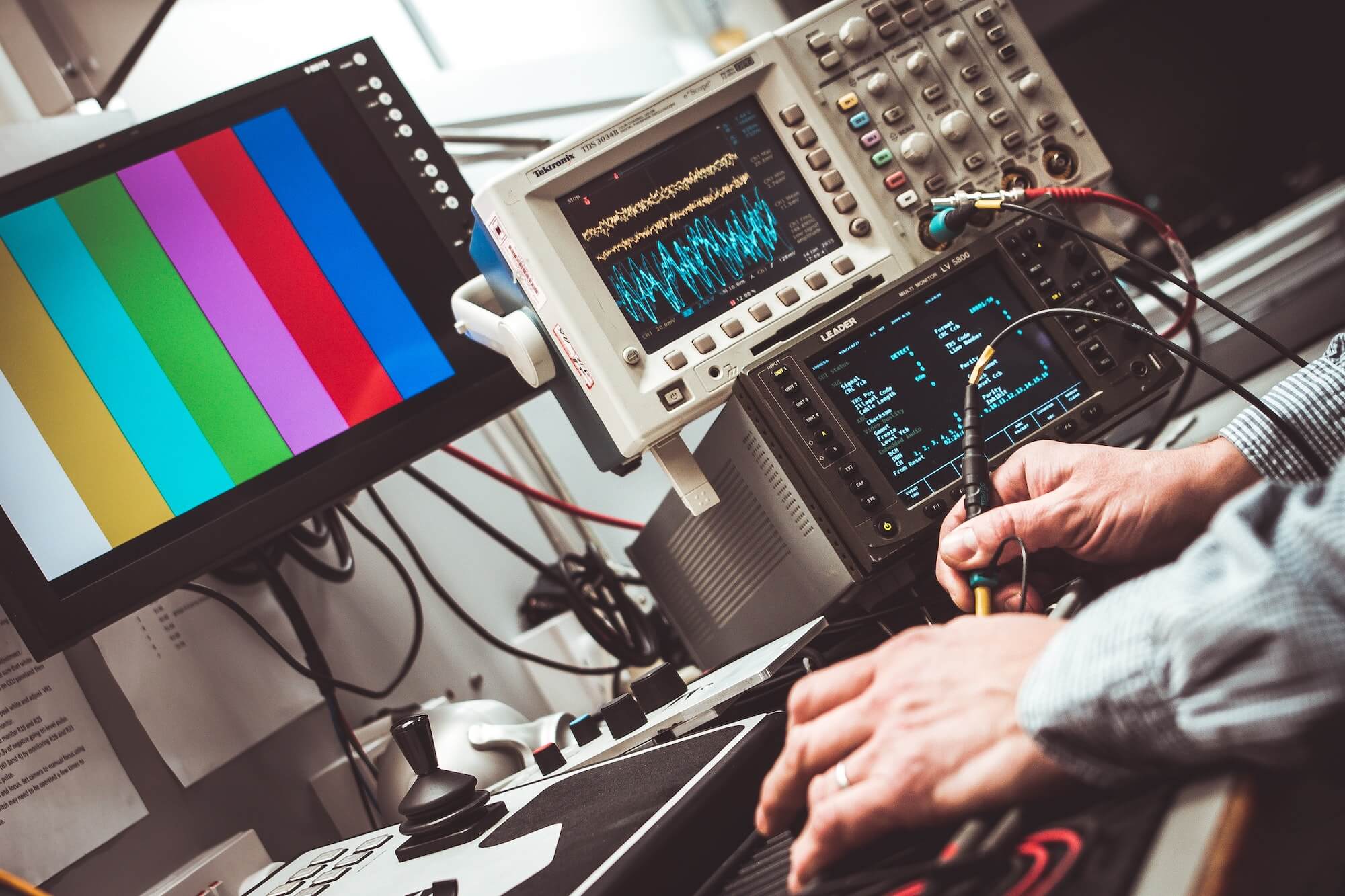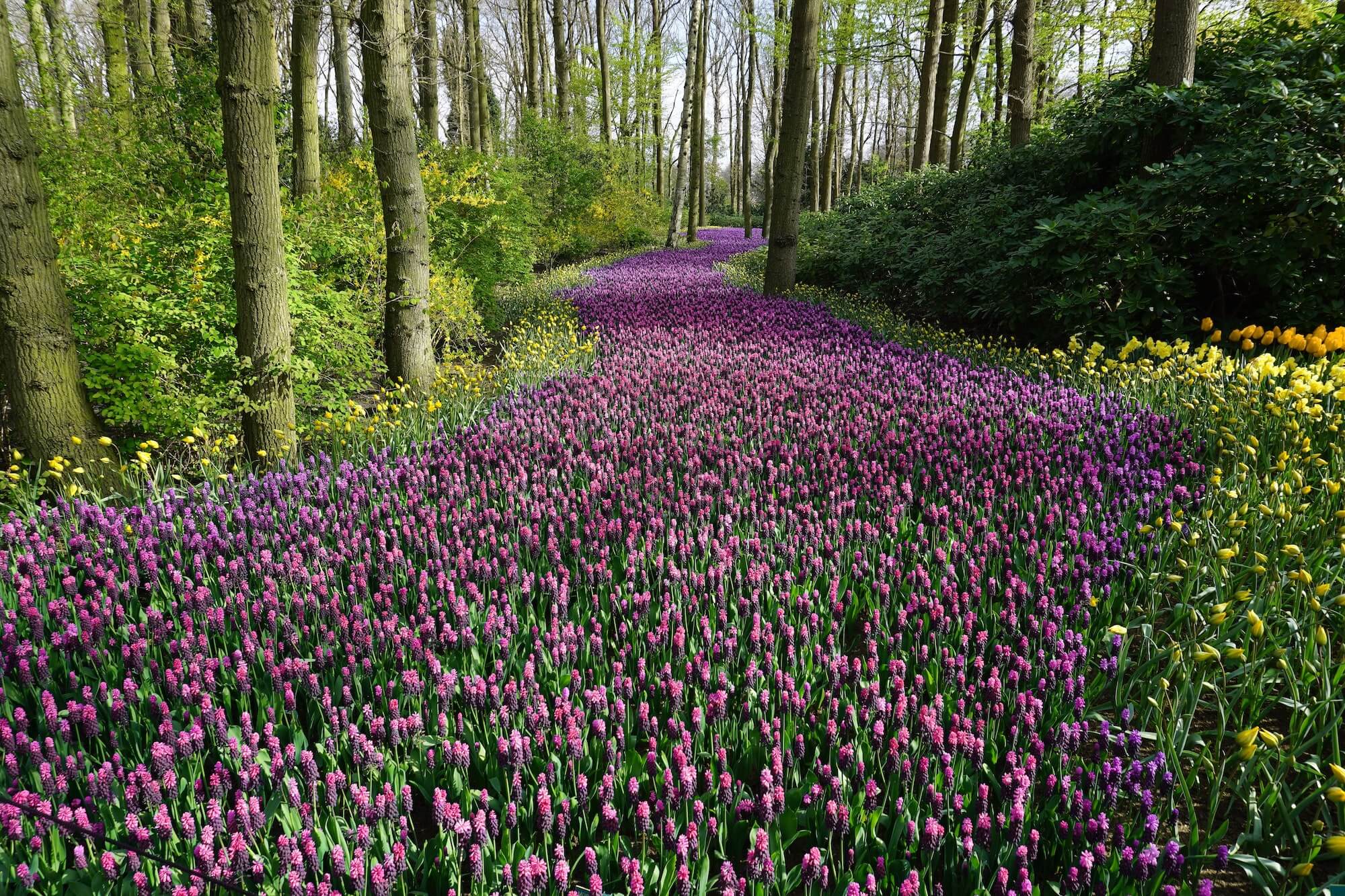As part of my job as the Principal Developer Advocate at Redis, I’ve been producing a live stream series in which I take a look at how Redis or related concepts can be used with a variety of Internet of Things devices. These streams go out most weeks on Thursdays on the Redis YouTube and Twitch channels – check out our team’s schedule for links to future events.
So far, I’ve mostly focussed on work with the Raspberry Pi family of devices as that’s what I have on hand. I’ve been working on different projects across multiple streams and wanted to bring them all together in one place here so that you can follow along. I’ve tried to describe each project and link to the source code I produced where relevant. I’ve been coding in Python, MicroPython (for the Raspberry Pi Pico) and Node.js.
This is an ongoing work in progress, so please check back here for updates! I’m also always interested in ideas for topics to cover - if I have or can get hold of the hardware, I’ll certainly try out your suggestions. Get in touch with me if you want to share ideas, or even appear as a guest to work on something together. My only real criteria are that we should be using Redis or talking about data structures that Redis implements.
Your support helps to fund future projects!
Here’s the videos and links to the relevant GitHub repositories and articles. Enjoy!
Projects in this Series
Here’s all the projects in this series so far - I’ve given each one its own page on this site, some projects took place over several weeks and have multiple video episodes. You’ll find them all embedded in each project’s page.
- Building a Redis Compatible Visual Bloom Filter
- Environment Monitoring with Redis Streams, Raspberry Pi Pico W and MicroPython
- CheerLights with MQTT and Redis Streams
- Synchronised Counting with Redis and a Seven Segment Display
- Wifi Setup with MicroPython and the Raspberry Pi Pico W
- Hotel Room Service with Node RED and Redis on the Raspberry Pi
- Monitoring Redis Streams Consumer Group Lag with a Raspberry Pi Pico W
- Plane Spotting with Node.js, Redis and MicroPython
- Taking Pictures with Raspberry Pi and Redis
What’s Next?
This is an ongoing series of projects, don’t forget to check out the Redis Developer Relations streaming schedule to see when the next episode will be. I’ll update this page shortly after each episode airs, and make sure that each new project gets its own page as we go along.
Main image: “Person using Appliance” by Alexander Dummer on Pexels.
 Simon Prickett
Simon Prickett

 Making a Bus Stop API with Cloudflare Workers
Making a Bus Stop API with Cloudflare Workers